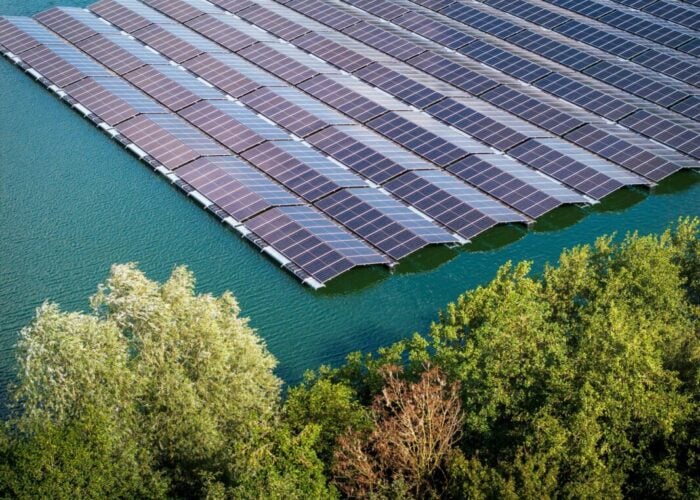Despite record cell efficiencies being announced in recent years, just 0.5% of advanced technologies for cell efficiency have been implemented into volume production on an annual basis. A panel session moderated by PV-Tech’s senior editor Mark Osborne, part of the PV Production Forum 2012 at EU PVSEC, discusses the reasons why migration has been so slow.
Several factors hindering the migration were revealed during the panel session but the issue of cost kept recurring. According to the panelists, developing the technology is not a key issue but the cost of implementing the technologies is. In this current climate, many companies are struggling to obtain the necessary finances to fund the transition process.
Try Premium for just $1
- Full premium access for the first month at only $1
- Converts to an annual rate after 30 days unless cancelled
- Cancel anytime during the trial period
Premium Benefits
- Expert industry analysis and interviews
- Digital access to PV Tech Power journal
- Exclusive event discounts
Or get the full Premium subscription right away
Or continue reading this article for free
Dr. Florian Holzapfel, CEO of Calyxo believed that thin-film companies need around €100 million to €200 million to implement the new technologies to facilitate the transition but many companies, at this moment in time, would rather wait as they do not believe that it is the right time to invest in the implementation of the technologies.
Florian also pointed out that if the production lines are unable to reach their yield, the product could become much more expensive than anticipated if the efforts in the technology development phase were not properly researched and tested, and this takes time.
Holzapfel highlighted the differences between technologies for crystalline products and thin-film products. It is possible to ramp up certain areas of the crystalline production line enabling companies to slowly realize cost reductions. In the case of thin-film, the implementation will affect the entire production line. So, in a way, implementation in crystalline production lines may be easier to implement but this would be at a slower pace.
Markus Fischer, director of R&D at Q-Cells, added that the whole migration process was a timely process and that the technology aspect must be dealt with first before rolling it out on a mass scale. In addition to cost issues, companies must consider reliability issues as well as yield issues.
In the polysilicon sector, Nick Sarno, former head of manufacturing at LDK Solar and now consulting to the PV industry explained that technology which improves the purity of polysilicon has been developed and implemented but these only yield a small cost reduction. He argued that the reason for the lack of development in this sector is that there is a general lack of knowledge and expertise in improving the quality of the product and implementation of cost reductions by new entrants.
Another factor hindering the implementation of advanced technologies is the declining opportunities to benefit from subsidies. As feed-in tariffs come to a close, many companies are under pressure to quickly install PV projects. However, the market does not currently have the capabilities to rapidly install such advanced technologies in their production lines. But it was noted that a number of new markets are now emerging which may see new subsidies being offered.






